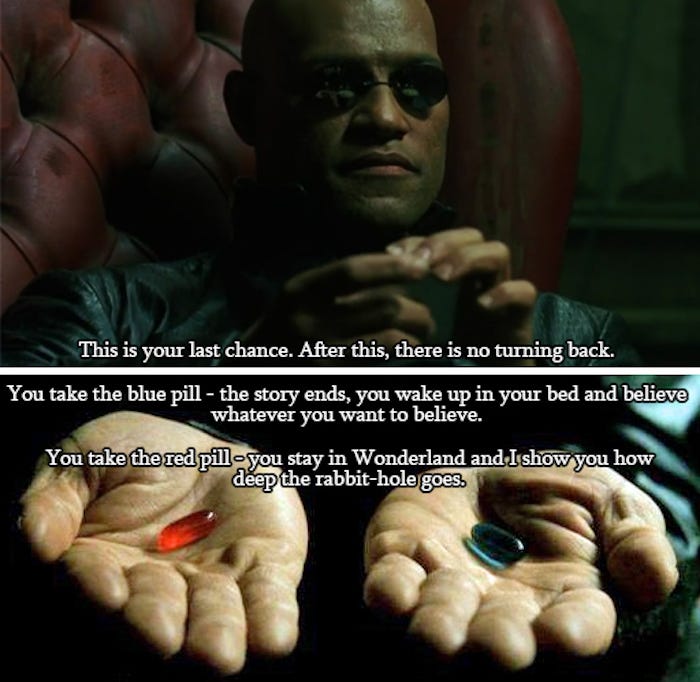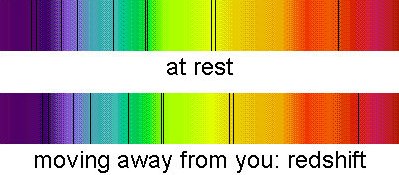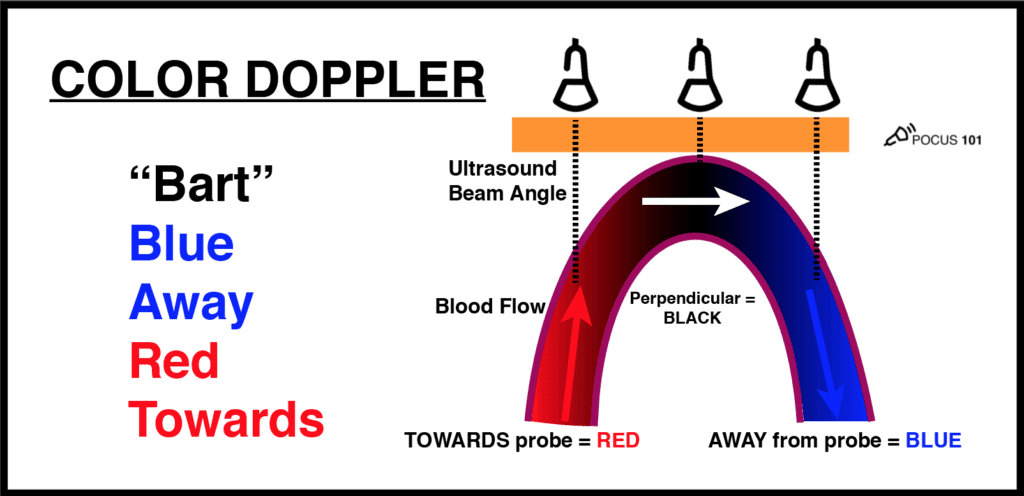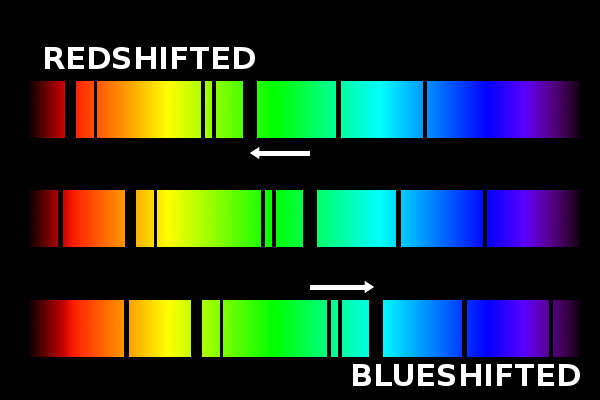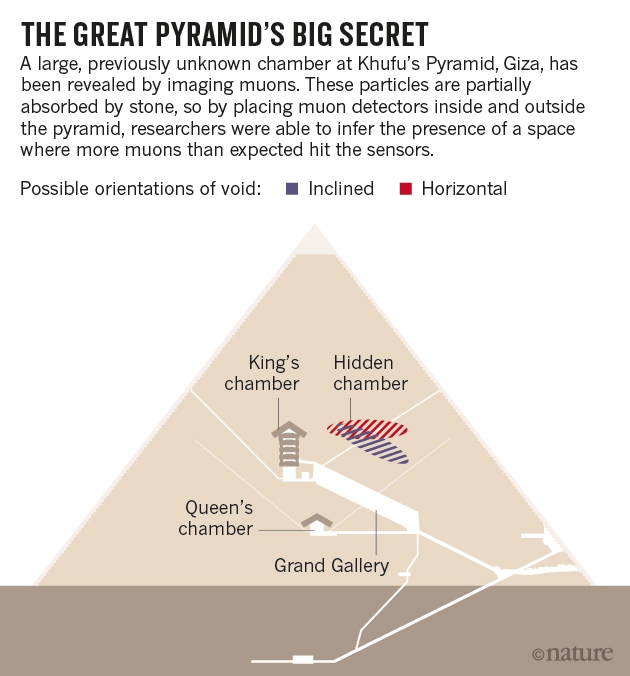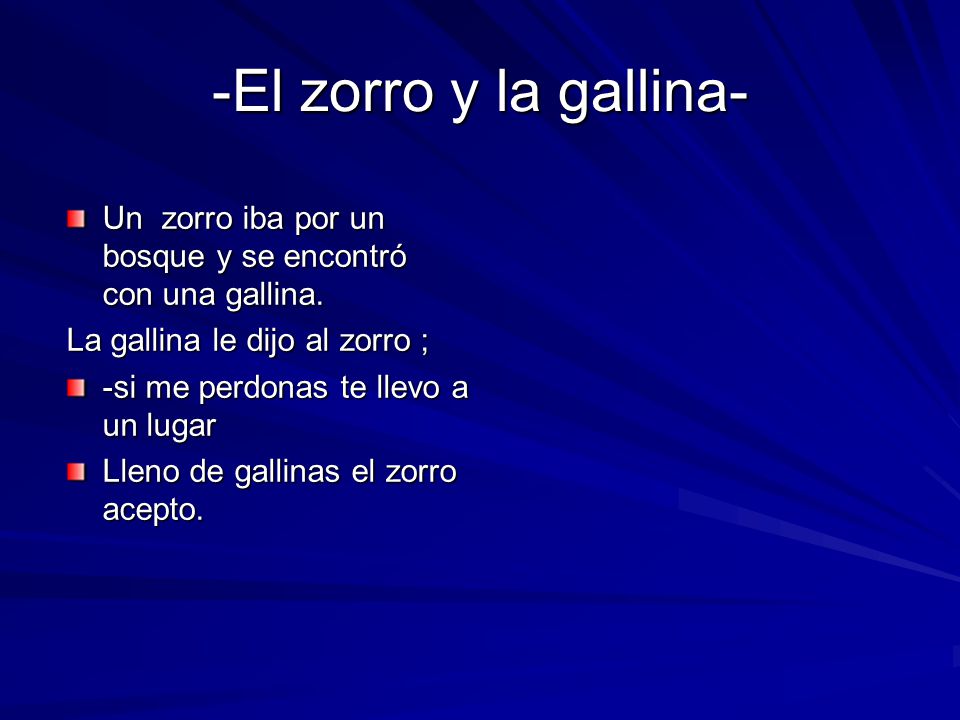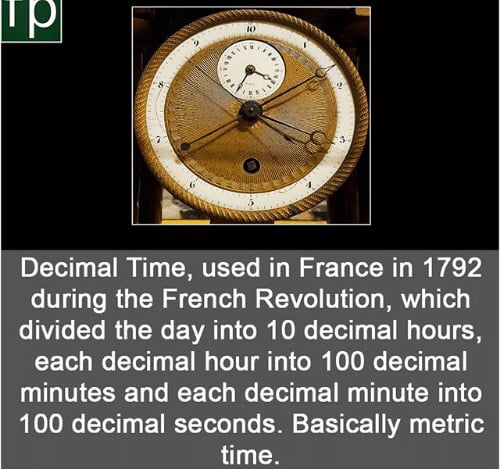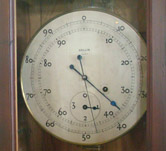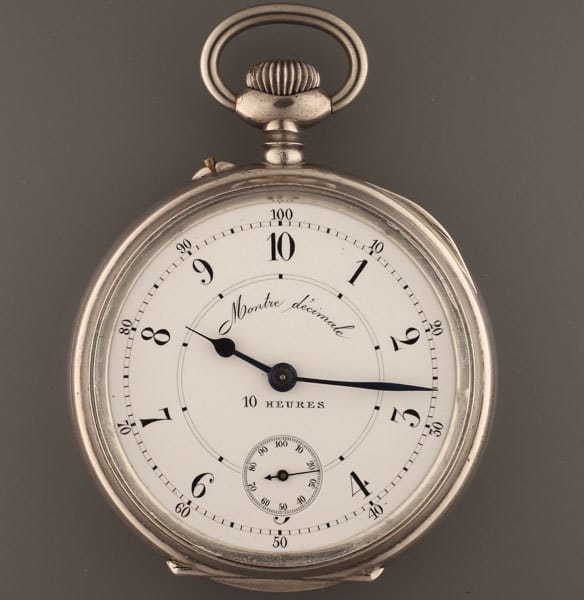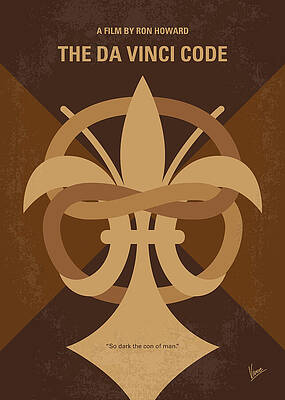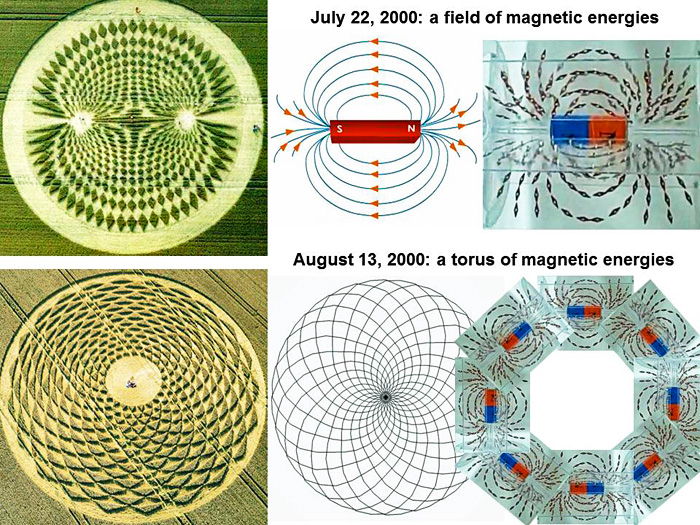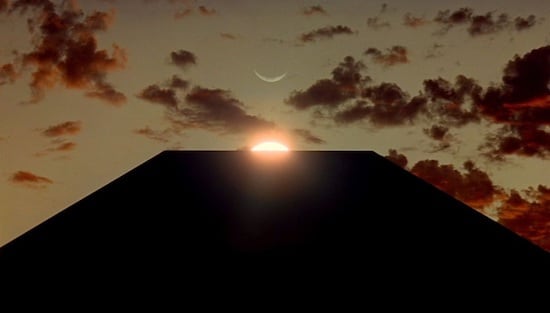|
Réponse |
Message 1 de 44 de ce thème |
|
|
|
|
|
Réponse |
Message 30 de 44 de ce thème |
|
Reloj de pared con bandera de Francia, decoración patriótica, relojes de pared de madera, funciona con pilas, 10 pulgadas, silencioso, sin tictac, números...
|
|
|
|
Réponse |
Message 31 de 44 de ce thème |
|
In the opening sequence with the clocks, just when the on-screen credit caption Christopher Lloyd is depicted, at the end of the name there is a 10-hour clock in the background. It reappears in full view when the credit caption "The Power of Love" - Performed by Huey Lewis and The News is displayed. This timing was officially used in France from 1794 for a little more than six months. This specific clock has a truly unique feature, it operates counterclockwise. The internet is not able to guide to any other such apparatus.
However, the clock shows the wrong time. 7:53 a.m. standard time is 3:28:48 French decimal time, based on the 10-hours-a-day clock; the decimal clock shows 7:85 decimal time (the hour hand is a few minutes fast), which is 18:50:24 or 6:50:24 p.m. standard time.
|
|
|
|
Réponse |
Message 32 de 44 de ce thème |
|
|
|
|
Réponse |
Message 33 de 44 de ce thème |
|
|
|
|
Réponse |
Message 34 de 44 de ce thème |
|
|
|
|
Réponse |
Message 35 de 44 de ce thème |
|
History of the observatory
The decimal clock
A curiosity in Abbadia: all measurements are in decimal system. This may seem normal since we are at the end of the nineteenth century but it concerns measures of both angles and timings.
- For angle measurements, graduations are not in degrees but in grades (from 0 to 100 degrees instead of 0 to 90 degrees for latitudes). This system is not common on an astronomical instrument but is much more so on IGN maps. D'Abbadie defies the traditions of astronomers by thinking that he is ahead of his epoch.
- For the measurement of time, it is much more surprising: the clocks are not graduated on 12 hours but on 10! And one day is not 24 hours but 10 hours divided into 100 parts. This system proposed with the metric system at the time of the French Revolution, has never been used by scientists or by the general public. The change in habits was there too much. Decimal clocks and watches have been built but without success. Yet, nearly a century after the revolution, D'Abbadie still believed that the decimal system will eventually prevail for the measurement of time as well. The future will give him wrong.
one of the decimal clocks of AbbadiaCredit : JEA
If ancient Egypt and China were already using decimal measures of time, it was not the same for peoples under the Babylonian influence: the sexagesimal system for angles and hours had the advantage of having many of divisor. The decimal system did not even allow division by 4 in integers, which did not go well on the clocks. This is probably the cause of the abandon of decimal hours but of the conservation - which will not be universal - of grades for angles.
Let's explain the decimal system of time:
-the day of 24h is divided into 10 hours, each hour being divided into 100 decimal minutes divided into 100 decimal seconds. One day contains 1000 decimal minutes (instead of 1440 sexagesimal minutes) and 100 000 decimal seconds (instead of 86400 sexagesimal seconds).
The decimal time was officially introduced in France during the Revolution by the decree of the 4th Frimaire of Year II (November 24, 1793) but was abolished in 1795! It should be noted that astronomers use a decimal time with the Julian period where each day is numbered from January 1, -4712 at noon and each moment noted by its decimal fraction of a day.
https://abbadia.imcce.fr/en/deci-en.html |
|
|
|
Réponse |
Message 36 de 44 de ce thème |
|
Décimal ou révolutionnaire
https://www.chronotempus.com/glossaire/systeme-decimal-revolutionnaire/ |
|
|
|
Réponse |
Message 37 de 44 de ce thème |
|
Swatch Internet Time
 Swatch .beat time logo
Swatch Internet Time (or .beat time) is a decimal time system introduced in 1998 by the Swatch corporation as part of the marketing campaign for their line of ".beat" watches. Those without a watch could use the Internet to view the current time on the watchmaker's website, but now a dedicated wiki serves the purpose.[1] The concept of .beat time is similar to decimal minutes in French Revolutionary decimal time.[2]
Instead of hours and minutes, in Swatch Time the mean solar day is divided into 1,000 equal parts called .beats, meaning each .beat lasts 86.4 seconds (1.440 minutes) in standard time, and an hour lasts for approximately 42 .beats. The time of day always references the amount of time that has passed since midnight (standard time) in Biel, Switzerland, where Swatch's headquarters is located. For example, @248 BEATS indicates a time 248 .beats after midnight, or 248⁄1000 of a day (just over 5 hours and 57 minutes; or 5:57 AM UTC+1).
There are no time zones in Swatch Internet Time; it is a globally unified timekeeping system based on what Swatch calls "Biel Mean Time" (BMT), the time zone conventionally known as Central European Time or West Africa Time. Note that it is based on the time zone and not the actual mean solar time measured in Biel. Also, unlike civil time in Switzerland and many other countries, Swatch Internet Time has never observed daylight saving time (DST), even prior to more recent decisions to abandon DST in certain locales.[3]
Swatch Internet Time was announced on 23 October 1998, in a ceremony at the Junior Summit '98,[4] attended by Nicolas G. Hayek, president and CEO of the Swatch Group, G.N. Hayek, president of Swatch Ltd., and Nicholas Negroponte, founder and then director of the MIT Media Lab. During the summit, Swatch Internet Time became the official time system for Nation.1, an online country (supposedly) created and run by children.
 A Swatch watch showing .beat time in the bottom part of the display
During 1999, Swatch produced several models of watch, branded "Swatch .beat", that displayed Swatch Internet Time as well as standard time, and even convinced a few websites (such as CNN.com) to use the new format.[5] PHP's date() function has a format specifier, 'B', which returns the Swatch Internet Time notation for a given time stamp.[6] It was also used as a time reference on ICQ, and the online role-playing game Phantasy Star Online used it since its launch on the Dreamcast in 2000 to try to facilitate cross-continent gaming (as the game allowed Japanese, American and European players to mingle on the same servers). In March 2001, Ericsson released the T20e, a mobile phone which gave the user the option of displaying Internet Time. Outside these areas, it is infrequently used. While Swatch still offers the concept on its website, it no longer markets Beat watches.[citation needed] In July 2016, Swatch released Touch Zero Two, its second wirelessly connected watch, with Swatch Internet Time function.
Beatnik satellite controversy
[edit]
In early 1999, Swatch began a marketing campaign about the launch of their Beatnik satellite, intended to service a set of Internet Time watches. They were criticized for planning to use an amateur radio frequency for broadcasting a commercial message (an act banned by international treaties). The satellite was intended to be deployed by hand from the Mir space station. Swatch instead donated the transmitter batteries for use in normal Mir functions, and the satellite never broadcast.[7]
The concept was touted as an alternative, decimal measure of time. One of the supposed goals was to simplify the way people in different time zones communicate about time, mostly by eliminating time zones altogether. It also does away with the division of the day into 12 or 24 parts (hours), then 60 parts (minutes), then 60 parts (seconds), then 1000 parts (milliseconds). Furthermore, there is no confusion between the AM/PM system and 24-hour time.
Instead of hours and minutes, the mean solar day is divided into 1,000 parts called .beats. Each .beat lasts 1 minute and 26.4 seconds. One .beat is equal to one decimal minute in French decimal time.
Although Swatch does not specify units smaller than one .beat, third party implementations have extended the standard by adding "centibeats" or "sub-beats", for extended precision: @248.00. Each "centibeat" is a hundredth of a .beat and is therefore equal to one French decimal second (0.864 seconds).[8][9]
There are no time zones; instead, the new time scale of Biel Mean Time (BMT) is used, based on the company's headquarters in Biel, Switzerland. Despite the name, BMT does not refer to mean solar time at the Biel meridian (7°15′E), but to the standard time there. It is equivalent to Central European Time and West Africa Time, or UTC+1.
Like UTC, Swatch Internet Time is the same throughout the world. For example, when the time is 875 .beats, or @875, in New York, it is also @875 in Tokyo. Unlike civil time in most European countries, Internet Time does not observe daylight saving time, and thus it matches Central European Time during (European) winter and Western European Summer Time, which is observed by the United Kingdom, Ireland, Portugal and Spain's Canary Islands during summer.
The most distinctive aspect of Swatch Internet Time is its notation; as an example, "@248" would indicate a time 248 .beats after midnight, equivalent to a fractional day of 0.248 CET, or 04:57:07.2 UTC. No explicit format was provided for dates, although the Swatch website formerly displayed the Gregorian calendar date in the order day-month-year, separated by periods and prefixed by the letter d (e.g. d31.01.99).[citation needed]
Calculation from UTC+1
[edit]
The formula for calculating the time in .beats from UTC+1 is:
⌊3600ℎ+60�+�86.4⌋,
Where h is UTC+1 hours and m is UTC+1 minutes. The result is rounded down.[10]
When does the day begin?
[edit]
Example cities across the globe @000 BEATS midnight:
@000 BEATS
| City | Time | Time zone | UTC offset |
| San Francisco |
03:00 PM |
PST |
UTC-8 |
| New York |
06:00 PM |
EST |
UTC-5 |
| London |
11:00 PM |
BST |
UTC |
| Biel |
12:00 midnight |
CET |
UTC+1 |
| Tokyo |
08:00 AM |
JST |
UTC+9 |
| Sydney |
09:00 AM |
AEST |
UTC+10 |
|
|
|
|
Réponse |
Message 38 de 44 de ce thème |
|
INTERNET
It's internet time to bring back .beats
Night Water is coming to you tonight @166.beats
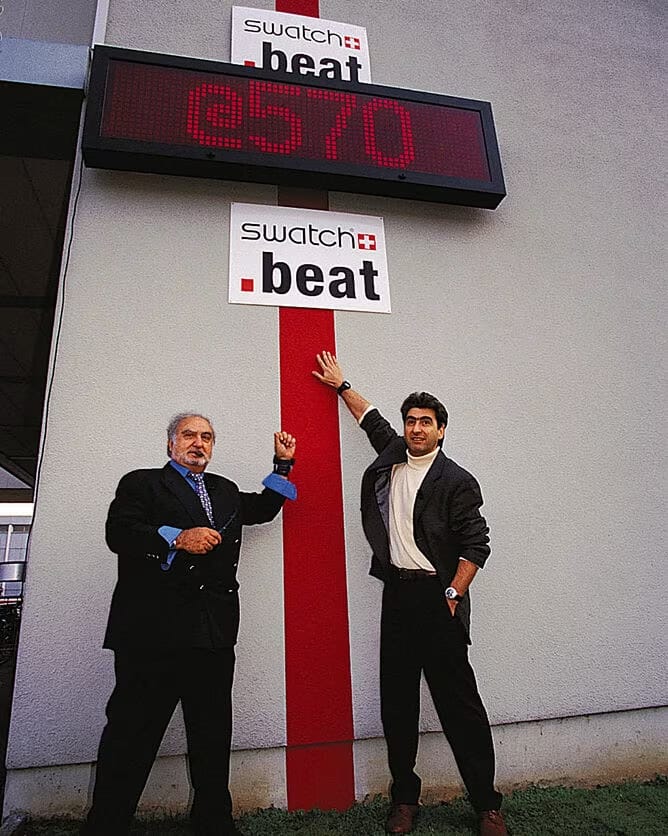 Photo: Swatch Photo: Swatch
Suffice to say, the French Revolution left a lasting legacy on the world. To rattle off a few of the lesser achievements: the rise of liberal democracy, the weakening of the Catholic Church and feudal systems, and the plain decoration of the rights of men. Of course, none of these hold a candle to Internet Time.
You know the metric system? Depending on where you live, it’s either the natural order of measurement or a sick perversion of freedom. The metric system was one of the innovations borne out of the French Revolution. But not every unit of measurement devised by the French stuck. You’ve got your meters and your grams, of course, all divisible and multipliable by ten. But when was the last time you used a decimal minute?
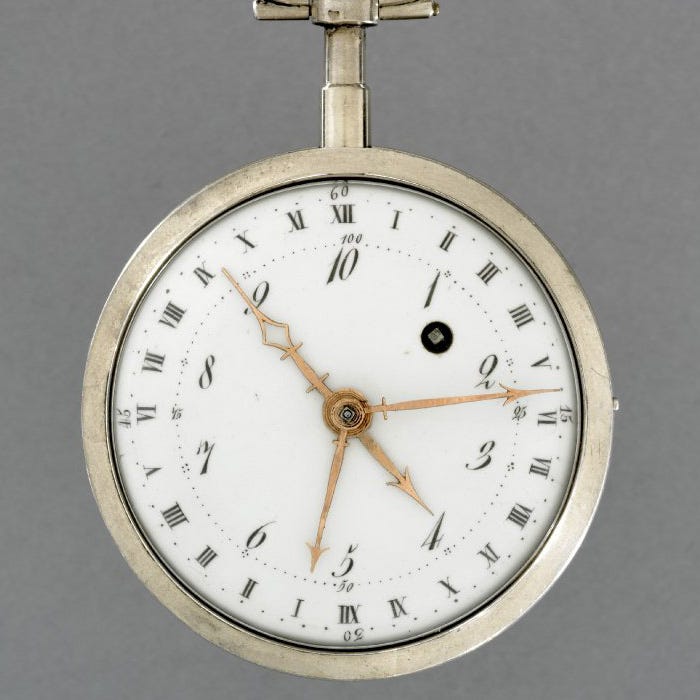 A French decimal time pocket watch. Photo from Svalbard, who still makes decimal wristwatches available for purchase. A French decimal time pocket watch. Photo from Svalbard, who still makes decimal wristwatches available for purchase.
There are 100 decimal minutes in a decimal hour and 100 decimal seconds in a decimal minute. A day has 10 decimal hours. Ten days make a décade—a week—and three décades make a month. Unfortunately, thanks to our planet’s pesky revolution around the sun, the calendar still needed 12 months, plus a few bonus days at the end of the calendar to round out the year. The French Revolutionary Calendar was introduced in 1793 and abolished by Napoleon just 13 years later, but decimal time didn’t even make it out of the First Republic—it was made “non-mandatory” in just 17 months after pretty much everyone decided to stick with their existing watches.
Fast forward to the turn of the century, and a couple of Swiss visionaries had a crazy idea for a new way of thinking about time. The year was 1998. The internet was on the rise and globalization in full force. More than ever, people were working across borders and across time zones. You know time zones—those fake bands of standardized time invented by railroad companies? They make it annoying as heck to schedule a meeting across the country, across the pond, or across the world. Which 9 A.M. did you mean? Why did Tim schedule a meeting during my lunch? So on, so forth.
Swatch—the watchmaker best known for their casual plastic watches—knew that this problem would only get worse as the internet developed and the world population became more intertwined. So, like the railroad companies of old, they created a solution.
Swatch Internet Time—or .beat time, if you prefer the generic brand—divides the day into 1000 equal parts, called .beats. Yes, that’s “dot beats.” As in, “dot com.” And you note time with an “@” symbol just like email—as in, the meeting is @625.beats (“at 625 dot beats”). It’s not decimal time, it’s internet time, baby.
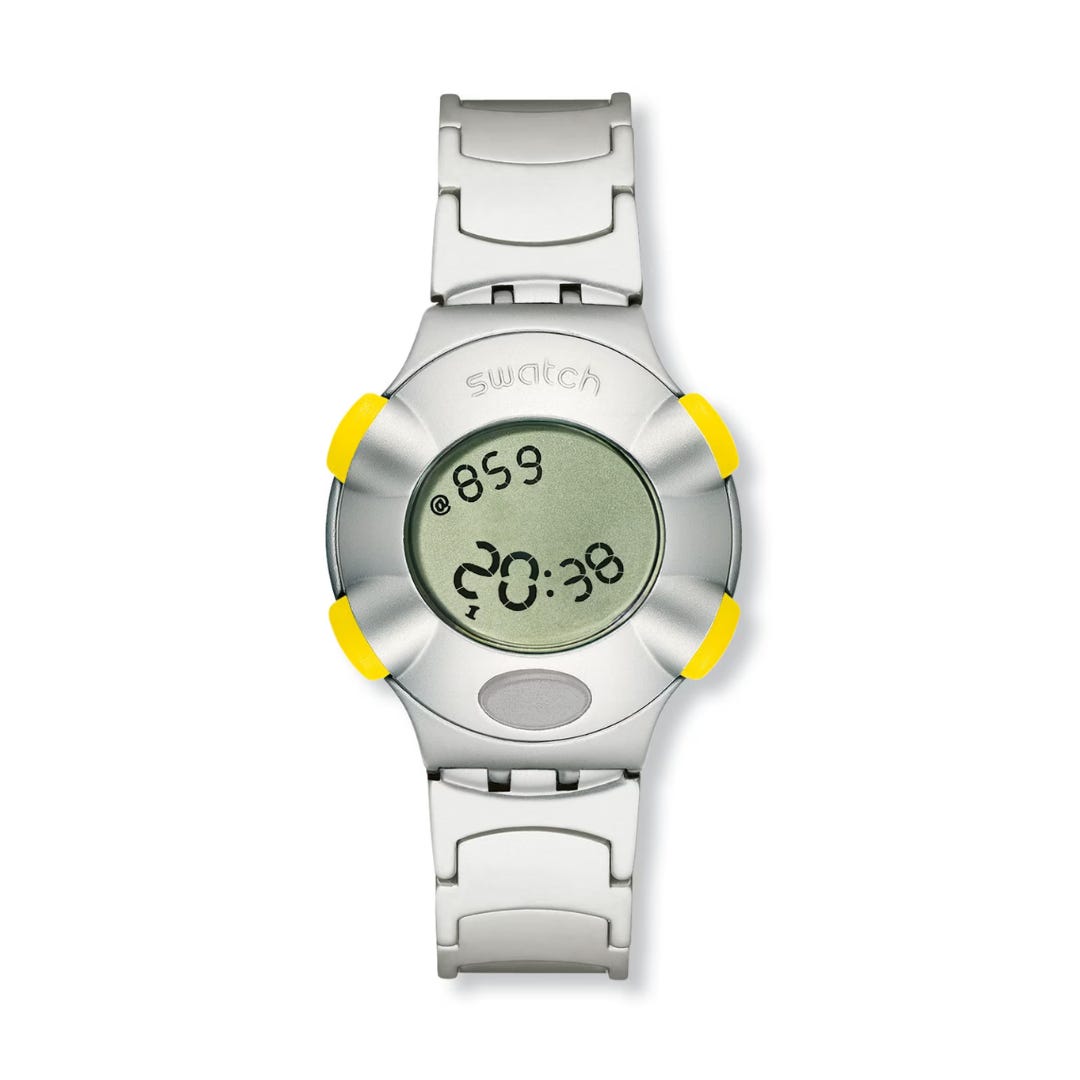 A Swatch MOON OR.BEAT III wristwatch. A Swatch MOON OR.BEAT III wristwatch.
A single .beat is 86.4 standard seconds long, so just under a standard minute and a half. There are no beat hours or beat seconds—though some implementations include “centibeats,” or 1/100th of a beat—no Daylight Savings Time, and, most importantly, no time zones. No matter where you are in the world, we march to the .beat of the same clock.
Unlike the French government, Swatch could introduce a ton of watches featuring decimal time to the masses. But .beat time wasn’t just limited to a few cheap wristwatches. Internet Time made it onto CNN, was implemented by the instant messaging app ICQ, and was even used as the time system in Phantasy Star Online, a groundbreaking online RPG.
But, just like the French back in the late 1700s, the world just wasn’t ready for decimal time. It never caught on, and within a few years, Swatch Internet Time was a mostly forgotten oddity. While it solves the problem of communicating about time zones by completely abolishing them, it makes it a lot harder to actually communicate about time. The internet clock resets at the same time for everyone—midnight in UTC+1, the time zone where Swatch’s headquarters in Biel, Switzerland is located, natch—but for everyone outside of that time zone, .beats just don’t line up with your actual day. While 11 P.M. means late night vibes around the world, the same can’t be said for @166.beats.
Swatch was on to something, though. They saw an interconnected future where people would need an easier way to communicate about time—something universal, divorced from local context. I don’t think we’ve come any closer to cracking that. Internet Time might not be a perfect solution, but the next time you’re trying to plan a meeting with someone on the other side of the globe, think of .beats and the world that could’ve been.
Want to keep Internet Time? While Swatch no longer sells watches with .beat displays, thanks to the magic of smartphones and smartwatches, it’s never been easier to keep Internet Time. I use a great app called BeatTime that works on pretty much every Apple device—you can set a lock screen widget on your phone so checking Internet Time is just a tap away. I can’t personally attest to the quality of this Android widget, but it looks to achieve the same effect. Of course, you can also do it all in your head—just multiply the current hour in UTC+1 by 3600, add that to the current minute in UTC+1 multiplied by 60, then take that number and divide it by 86.4. Round down the result, and you’ve got .beats.
https://www.nightwater.email/swatch-internet-time/ |
|
|
|
Réponse |
Message 39 de 44 de ce thème |
|
|
|
|
Réponse |
Message 40 de 44 de ce thème |
|
|
|
|
Réponse |
Message 41 de 44 de ce thème |
|
|
|
|
Réponse |
Message 42 de 44 de ce thème |
|
During your holidays in Carnac, discover the town’s religious heritage: its six chapels will take you on a journey through the centuries.
CHAPEL OF St Michel
The Chapel of Saint Michel de Carnac was rebuilt around 1813 and again in 1925 on the same plans as the original chapel dating from 1664. It is located on the highest point of the town, the tumulus hill. Below is St Michel devotional fountain. Women whose husbands were at sea, used to sweep the chapel in the direction they wanted to see the wind blow. Then they would to pray at the fountain and drink the water. St Michel’s saints day is in September. There is an orientation table at the high point of the hill.
Climb to the top of the tumulus and admire the breathtaking views of the ocean and islands.


CHAPEL OF St Colomban
The Chapel of Saint Colomban, built in the flamboyant Gothic style, dates from the end of the sixteenth century. It is consecrated to the Irish monk Saint Columba, the patron saint of fools. To the east of the village, with its granite houses, is the fountain of Saint Colomban, which has two drinking pools. The wash house was a meeting place for the village women. South of the village, by the sea, are two chimneys, the remains of a forge.
The chapel is open all year round from 10 am to 6 pm. Entrance is free.
CHAPEL OF Kergroix
The Kergroix chapel dates back to the 16th century, although it was rebuilt in 1951. The Forgiveness of Our Lady of the Cross is celebrated in September. The chapel is open to the public all summer.


CHAPEL OF la Madeleine
The site of the chapel was once a leper colony. The present chapel was rebuilt in 1976. It is open and tended by local people in the summer. The most important service takes place in July. Next to the chapel, you will discover the fountain, the source of which is said to cure fever and skin diseases.
Continue your walk towards the Chapel of Hahon and the Chapel of Coet, both to the North of Carnac.
https://www.carnactourism.co.uk/discover/menhirs-and-heritage/heritage/carnac-chapels |
|
|
|
Réponse |
Message 43 de 44 de ce thème |
|
Le site de la chapelle était autrefois une léproserie. La chapelle actuelle a été reconstruite en 1976. Une permanence est assurée l'été par les habitants du quartier. Le pardon a lieu en juillet. A côté de la chapelle, vous découvrirez sa fontaine, dont la source est recherchée pour guérir la fièvre et les maladies de peaux.
A proximité le dolmen er-Roch-Feutet
https://www.cirkwi.com/fr/point-interet/489615-chapelle-de-la-madeleine |
|
|
|
Réponse |
Message 44 de 44 de ce thème |
|
Madeleine de France, Queen of Scotland, 1536
(Madeleine de France (1520-37) Queen of Scotland, 1536 )
|
https://www.meisterdrucke.us/fine-art-prints/Corneille-de-Lyon/80721/Madeleine-de-France,-Queen-of-Scotland,-1536.html
|
|
|
 Premier Premier
 Précédent
30 a 44 de 44
Suivant Précédent
30 a 44 de 44
Suivant
 Dernier
Dernier

|


:max_bytes(150000):strip_icc():focal(299x0:301x2)/pepsi-perfect-600x450-1-0dcee4c1f37140c5875ca7654e80ae10.jpg)


